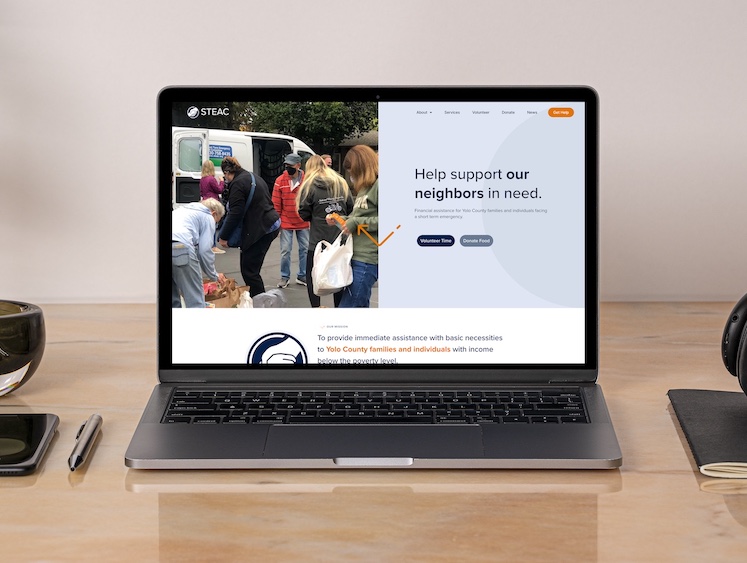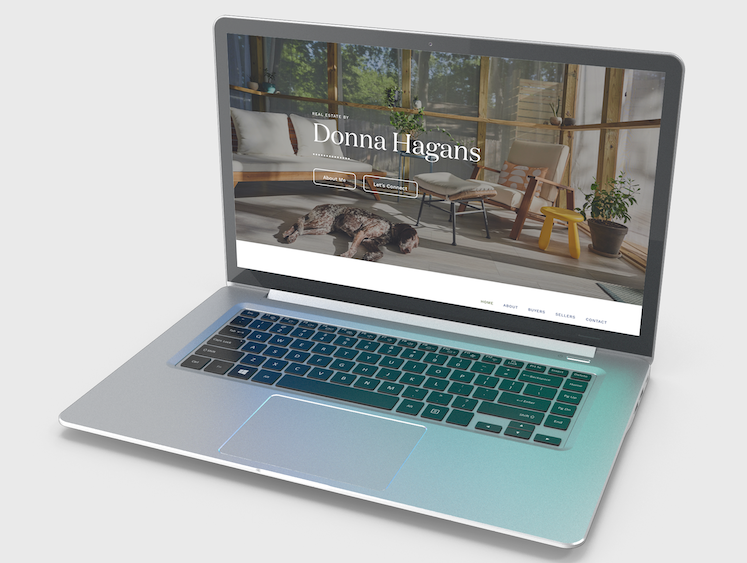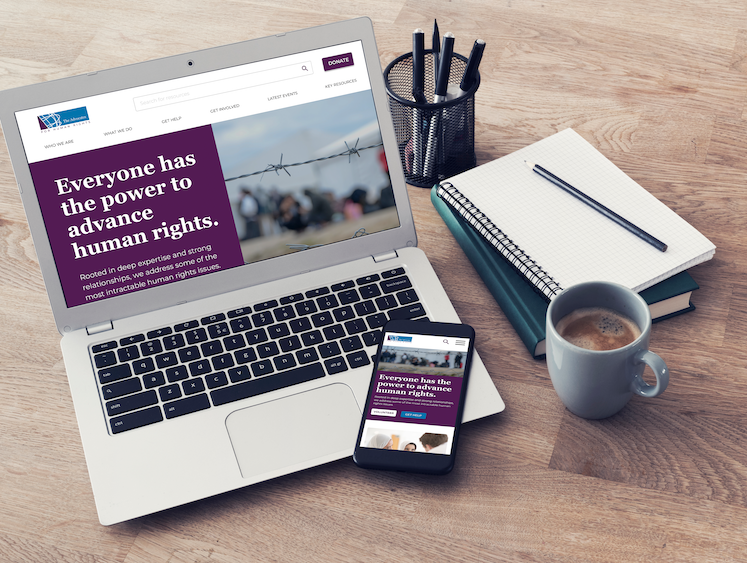Hands-down, WordPress is one of the most popular content management services on the market. Countless articles and theme stores with stunning displays make the process look tremendously easy. Live mock-up sites allow you to stroll through the content effortlessly. If that isn’t enough there are literally over a thousand different themes available for purchase. With so many options, how do you decide what to choose? Investing in a theme is just that, it’s an investment in your business and the wrong decision will make you feel like you’re in a barrel heading for a waterfall.
If you had to exit this article right now, three things I want you to takeaway…
- Be aware of the functionality you need now and a year from now.
- Invest in a premium theme, you want a dedicated, professional staff supporting the software.
- Customization is your enemy. You will be tempted to customize your theme (customize, meaning write or change the base code). Don’t do it unless you are a professional developer or can afford one over the long term.
THINK AHEAD.
Where do you see your site 6 months, 1 year from now? Make sure you are aware of the functionality you need now and in the near future. The first step is to take inventory of your needs. Take a big step, literally if you want 🙂 Ask yourself, what do I want my visitors to do when they get to my site? What will I anticipate needing 6 months, 1 year from now? Will your customers need to…
- Purchase products?
- Contact you for your services?
- Read/consume content?
- Sign up for events?
- Give donations?
WordPress was originally designed as a blogging platform but it’s functionality has been expanded to support many more features (mostly through 3rd party plugins). For those who haven’t worked with plugins, “A plugin is a piece of software containing a group of functions that can be added to a WordPress website. They can extend functionality or add new features to your WordPress websites.”* This plug-and-play type of functionality is what allows a generic platform (WordPress) cater to so many different types of needs (blogging, ecommerce, photography, etc.). With your list of functional needs in-hand, verify that your future theme is compatible with the widely used plug-ins (and your current plugins, if your already on WordPress). If your potential theme doesn’t list out or describe which plugins it is compatible with, take that as a sign of caution. For example, if you plan to…
- Purchase your products?… Popular plugins are WooCommerce, Easy Digital Downloads
- Contact you for your services?… Contact Form 7, WPForms
- Read/consume your content?… Constant Contact, Yoast SEO
- Sign up for events?… Event Espresso, The Events Calendar
- Accept donations?… Give, Charitable
*source: https://www.wpbeginner.com/glossary/plugin/
GO PREMIUM.
You want a dedicated, professional staff supporting the software. A premium theme helps minimize the chance it will be abandoned by the developer. Put yourself in a WordPress developer’s shoes. They love WordPress but life happens and a little financial incentive to put out quality code goes a long way. The WordPress platform is constantly churning out platform updates (e.g., security patches). Your chosen theme sits on top of this platform, and if the developer isn’t keeping up with the foundational changes, you will quickly see parts of your theme start to crumble.
The following notice is placed on themes on WordPress.org. This should be a major red flag. Stay away from these themes…

Most theme stores indicate when the theme was last updated. Here is another example from themeforest.com

As of when this blog post was written, this particular theme was updated about 2 weeks ago, which is a really good sign. It means the developer is keeping this theme “healthy” and compliant with the latest WordPress platform updates
A second and often overlooked aspect of a theme is whether there available live support for your questions. Many popular themes offer an add-on which is highly recommended.

Troubleshooting issues via Google usually works but think back to that last time when you kept hitting countless dead-ends and off-topic messages boards. Being able to reach out to a human being can feel like a breath of fresh air. It’s important to remember what your time is worth; precious hours can fly by and you need to preserve every minute.
Note, most of this support is via email, which you should confirm, but even this can help preserve your sanity when your stuck.
DON’T CUSTOMIZE YOUR THEME
Later down the road, after your theme is up-and-running, you will be tempted to customize your theme (customize, meaning write or change the base code). Don’t do it unless you are a professional developer or can afford one over the long term.
One of the biggest advantages of WordPress is you do not have to know how to code. You also don’t need to be a developer to install plugins for supplementary functionality to your site. That is the beauty of this platform and eliminates huge barriers of time and cost for entrepreneurs and small businesses. The biggest trap for folks starting out is to customize a theme (again, ‘customize’ meaning changed the core theme code). If you know code or your brother-in-law is a developer, you are the exception.
In my experience, small businesses start to customize WordPress code because they didn’t perform their due diligence upfront (e.g., didn’t map out their functional needs) and are heavily invested in their current theme or they are stuck in the theme with no customer support. When you start down the customization path, you are creating something unique for your business BUT you are also generating a debt. WordPress is a living platform with good folks constantly updating it to improve performance, thwart security threats, etc. Your theme lives on top of this platform, and when the foundation changes, there is a good chance something above will break.
Picking the right WordPress theme is a big decision that requires a high level of awareness of your functional needs and being honest with yourself about your available skill sets and bandwidth. If you need help with this decision or implementing WordPress, hit me up in the contact section.


